Grip strength is often overlooked in the training routines of many athletes, but it’s absolutely critical for those involved in combat sports like Brazilian jiu-jitsu (BJJ), muay Thai, MMA, and even action sports such as motocross, rock climbing, and surfing. A firm grip can be the difference between executing a submission or losing your opponent, controlling a handlebar or losing balance, or clenching your fists and keeping a strong guard in a striking sport.
Grip strength is not just about holding on; it’s a functional aspect that ties directly into overall body strength, endurance, injury prevention, and performance enhancement. Let’s break down why grip strength matters, how to improve it, and why it should be a non-negotiable part of your training regimen.
The Importance of Grip Strength in Combat and Action Sports
Before diving into the methods to improve grip strength, it’s essential to understand why grip strength is so crucial. Grip strength is more than just a measure of how tightly you can squeeze; it’s a direct indicator of upper body strength, endurance, and even general health. Research shows that grip strength correlates with other key physical markers like bone mineral density, muscle mass, and even longevity.
Several studies have explored the relationship between grip strength and physical factors such as height, weight, BMI, and forearm and hand anthropometrics. The study concluded that grip strength positively correlated with these variables, suggesting that those with greater physical robustness tend to have stronger grips. For combat and action sports, grip strength also translates to better performance and resilience against injuries, especially in the hands, wrists, and forearms.
Combat Sports
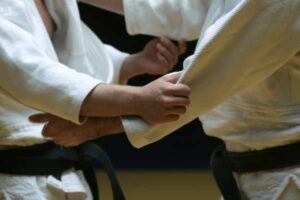 In combat sports like BJJ, wrestling, and MMA, grip strength is integral to controlling your opponent. For example, when attempting a rear-naked choke, securing a tight grip on the opponent’s neck or collar can mean the difference between winning or being reversed. The same applies to techniques like arm bars or kimuras, where a solid grip on the opponent’s wrist is required for execution. Weak grip strength can quickly turn a submission attempt into a lost opportunity.
In combat sports like BJJ, wrestling, and MMA, grip strength is integral to controlling your opponent. For example, when attempting a rear-naked choke, securing a tight grip on the opponent’s neck or collar can mean the difference between winning or being reversed. The same applies to techniques like arm bars or kimuras, where a solid grip on the opponent’s wrist is required for execution. Weak grip strength can quickly turn a submission attempt into a lost opportunity.
Combat sports athletes rely on grip strength not just for submissions but for striking power too. A solid grip on your fist can help transfer energy more efficiently during punches, increasing both speed and impact. Studies have shown that fighters with superior grip strength can maintain their hand and wrist alignment, which is essential for reducing the risk of fractures and injuries during high-impact strikes.
Action Sports
For action sports like motocross, rock climbing, and even parkour, grip strength plays an equally critical role. Motocross riders, for instance, need to hold their handlebars through rough terrains and sharp turns. Riders often lose control when their grip fatigues, especially during long races. Rock climbers, on the other hand, depend on their grip to hold onto tiny crags and ledges for extended periods. Without sufficient grip endurance, falls become more frequent and injuries more likely.
Grip strength can also contribute to better balance and control in these sports. Athletes in parkour and freerunning require strong grips to scale walls, hold onto ledges, and swing from bars. Whether you’re catching a rope in wakeboarding or holding a rail on a skateboard, grip strength is your lifeline.
Assessing Your Grip Strength: How Strong is Strong?
Before you begin improving your grip, it’s essential to understand your baseline. There are a few common methods to measure grip strength. These assessments will help you understand where you stand and guide you on your journey to improvement.
The Dynamometer Test
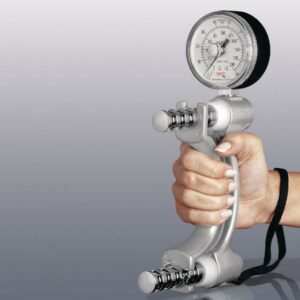
The most reliable method for measuring grip strength is using a dynamometer, a device that measures the force exerted when you squeeze. The Jamar dynamometer is widely regarded as the gold standard for accuracy in these tests. Men aged 20-40 typically average between 35-55 kg of grip strength on their dominant hand. Women tend to measure between 20-35 kg, depending on age and physical fitness. If your numbers fall below these ranges, it might be time to focus on your grip.
Dead Hang Test
Another simple yet effective way to assess grip strength is the dead hang. All you need is a pull-up bar. Simply grab the bar with both hands and hang, maintaining good form, for as long as you can. Elite athletes should aim to hang for 2 minutes or more. If you can’t hang for at least 30 seconds, it’s clear your grip needs work. The dead hang is not only an assessment tool but also a highly effective grip strength training exercise, which we’ll cover in detail below.
How to Improve Your Grip Strength
Now that you know why grip strength is important and how to measure it, let’s get into the exercises and strategies you can use to build grip strength. A well-rounded grip training regimen will incorporate static holds, dynamic movements, and targeted exercises for the fingers, wrists, and forearms.
Dead Hangs: The Foundation of Grip Strength
The dead hang is arguably the most effective and simplest exercise to develop grip strength. It’s incredibly accessible—all you need is a pull-up bar—and it targets the entire upper body, with an emphasis on the forearms, fingers, and shoulders.
 How to Perform Dead Hangs
How to Perform Dead Hangs
- Grab a pull-up bar with an overhand grip, slightly wider than shoulder-width apart.
- Keep your core engaged and spine neutral. Your body should be hanging straight with no swinging.
- Hold this position for as long as possible, maintaining controlled breathing.
Start by aiming for 30-second sets and gradually increase your hang time. Once you’re able to hold for 2 minutes, you can add more complexity, such as using a towel grip or performing one-arm hangs. The dead hang also works wonders for improving shoulder mobility and spinal alignment, making it a fantastic multi-purpose exercise.
Farmer’s Carries: Build Functional Strength
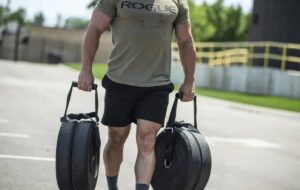 Farmer’s carries are another excellent exercise for building functional grip strength. This exercise involves carrying heavy weights over a distance, forcing your hands and forearms to sustain constant tension.
Farmer’s carries are another excellent exercise for building functional grip strength. This exercise involves carrying heavy weights over a distance, forcing your hands and forearms to sustain constant tension.
How to Perform Farmer’s Carries
- Grab two heavy dumbbells or kettlebells.
- Stand tall with your chest up and shoulders back.
- Walk a certain distance, maintaining a steady pace. Aim for at least 30 seconds per set, increasing the weight or time as you improve.
This exercise mimics real-world demands on your grip and improves forearm endurance, which is essential for sports like motocross and BJJ, where your grip can be taxed for prolonged periods.
Towel Pull-ups: The Combat Athlete’s Secret Weapon
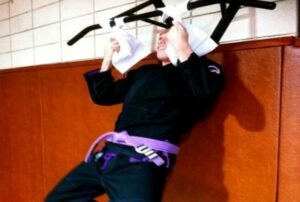
For combat athletes, towel pull-ups are a must. The unstable nature of the towel forces your grip muscles to work harder than they would on a regular pull-up bar. This variation also strengthens your wrists, forearms, and fingers, translating directly to more control in grappling scenarios.
How to Perform Towel Pull-ups
- Drape a towel over a pull-up bar.
- Grip both ends of the towel and perform a regular pull-up.
- Lower yourself down slowly and repeat.
If pull-ups are too difficult at first, you can modify by simply hanging from the towel until your grip improves. Combat athletes, especially BJJ practitioners, will find towel pull-ups invaluable, as they closely mimic the type of grip needed to control an opponent’s gi.
Grip Strengtheners: Targeted Isolation
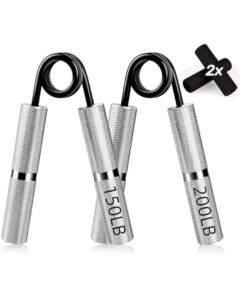 While compound exercises like dead hangs and farmer’s carries are excellent, sometimes it’s necessary to isolate the muscles directly responsible for grip. Grip strengtheners like the Captain of Crush grippers allow for progressive overload, making it easy to track improvements.
While compound exercises like dead hangs and farmer’s carries are excellent, sometimes it’s necessary to isolate the muscles directly responsible for grip. Grip strengtheners like the Captain of Crush grippers allow for progressive overload, making it easy to track improvements.
How to Use Grip Strengtheners
- Hold the gripper in one hand.
- Squeeze the handles together as tightly as possible, then slowly release.
- Repeat for 10-15 repetitions, aiming to increase the tension over time.
These tools are perfect for combat athletes looking to increase their crushing grip, which is essential for techniques like controlling an opponent’s wrists or locking in chokes.
Plate Pinches: Improve Your Pinch Grip
The pinch grip is essential for sports where you need to control small, awkward objects or opponents. Plate pinches target this grip by focusing on your thumb strength and finger dexterity.
How to Perform Plate Pinches
- Grab two weight plates (start with 5-10 lbs) and pinch them together with your thumb on one side and fingers on the other.
- Hold the plates as long as possible, aiming for at least 20 seconds.
- Repeat for 3-4 sets, increasing the weight or duration over time.
For sports like rock climbing, where grip endurance and finger strength are key, plate pinches are an excellent addition to your training regimen.
Grip Strength and Overall Health: More Than Just Sports Performance
As much as grip strength is crucial for combat and action sports, it also serves as a predictor of overall health and longevity. Studies have shown that grip strength is not just a measure of muscular fitness, but also an indicator of cardiovascular health, metabolic function, and even cognitive health. A comprehensive study published in the International Journal of Health and Rehabilitation Sciences found a positive correlation between grip strength and physical factors like BMI, handbreadth, and forearm girth in healthy males.
This study, and others like it, suggest that grip strength is an accurate marker of overall physical health. In fact, research published in The Lancet noted that lower grip strength was associated with a higher risk of heart disease, stroke, and even mortality, making it a far more important metric than you might initially think.
Incorporating Grip Training into Your Routine
You don’t need to dedicate entire workouts to grip strength, but it should be a priority in your training. The key is consistency. Here’s how to incorporate grip training into your routine without overcomplicating things:
- Start with Dead Hangs: Perform 3 sets of dead hangs at the beginning or end of your workout.
- Integrate Farmer’s Carries: Add farmer’s carries as a finisher to your strength or conditioning workouts.
- Use Grip Strengtheners: Keep a grip strengthener handy and use it a few times a week while watching TV or during breaks at work.
- Train Pinch Grip: Incorporate plate pinches once or twice a week, especially if your sport requires fine motor control or handling small objects.
By incorporating grip-specific exercises into your routine, you’ll develop a strong, functional grip that will enhance your performance in both combat and action sports.
Conclusion
In the world of combat sports and action sports, grip strength isn’t just a nice-to-have—it’s an absolute necessity. Whether you’re controlling an opponent on the mats, holding onto handlebars through rough terrain, or scaling a rock face, grip strength will give you the edge. From dead hangs and farmer’s carries to towel pull-ups and plate pinches, there’s no shortage of ways to build a grip that can handle anything your sport throws at you.

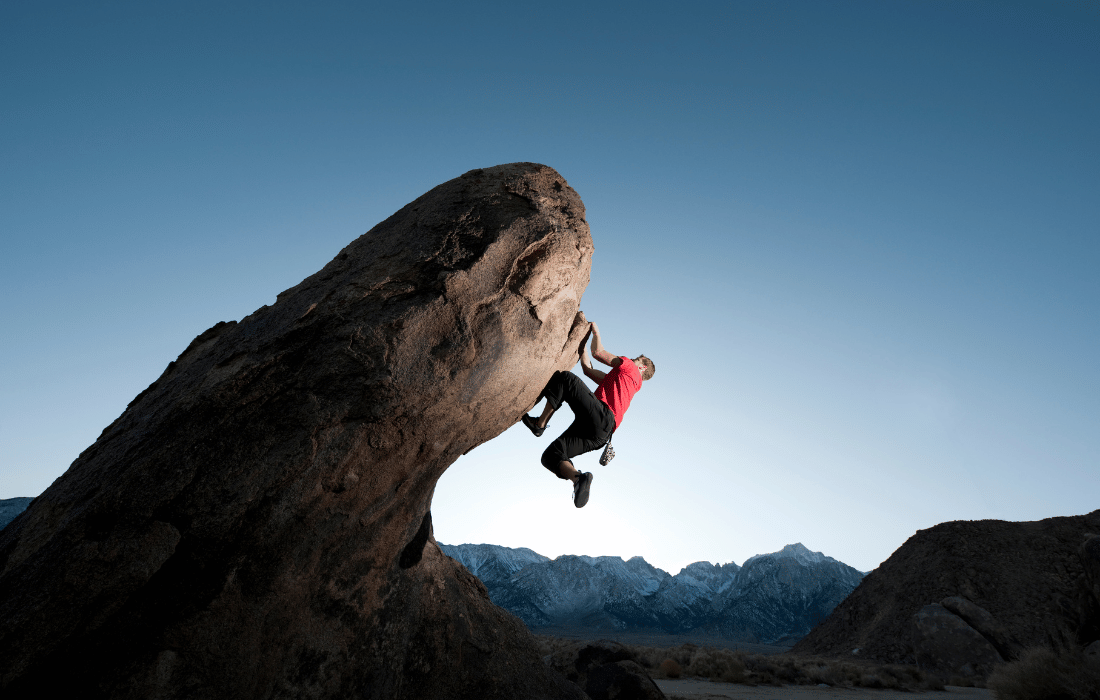
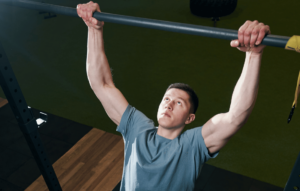 How to Perform Dead Hangs
How to Perform Dead Hangs




